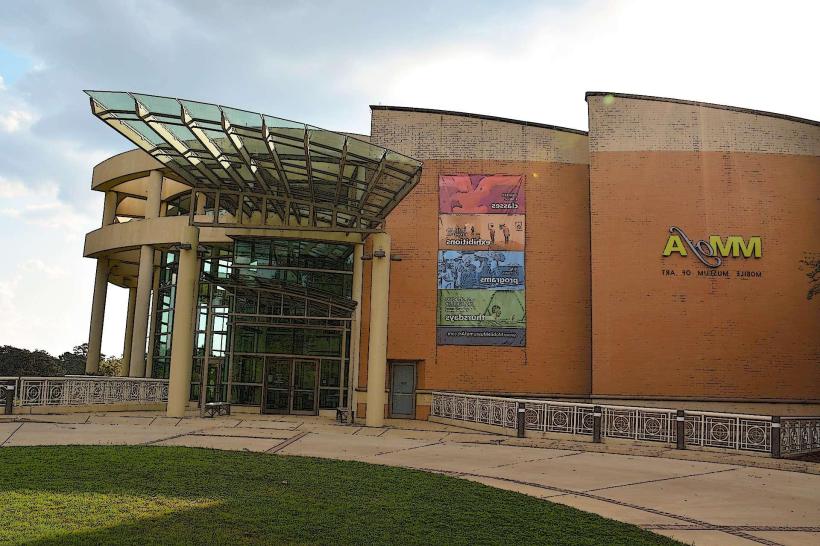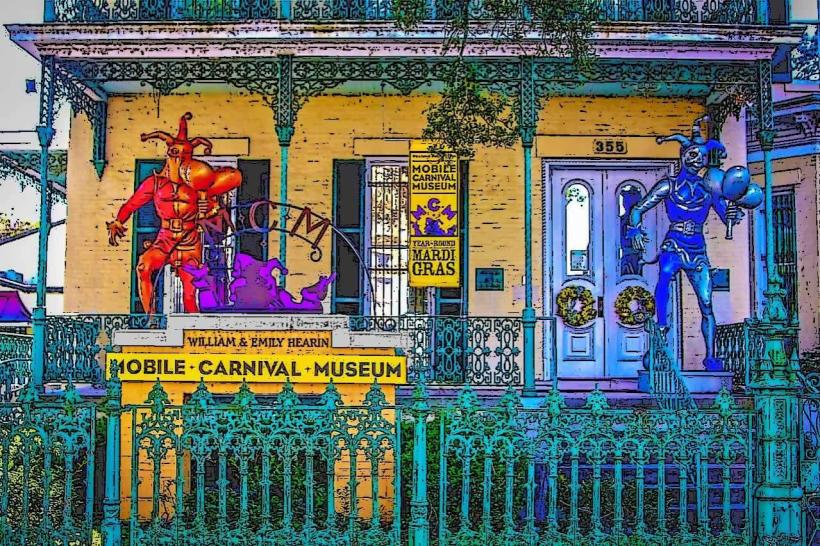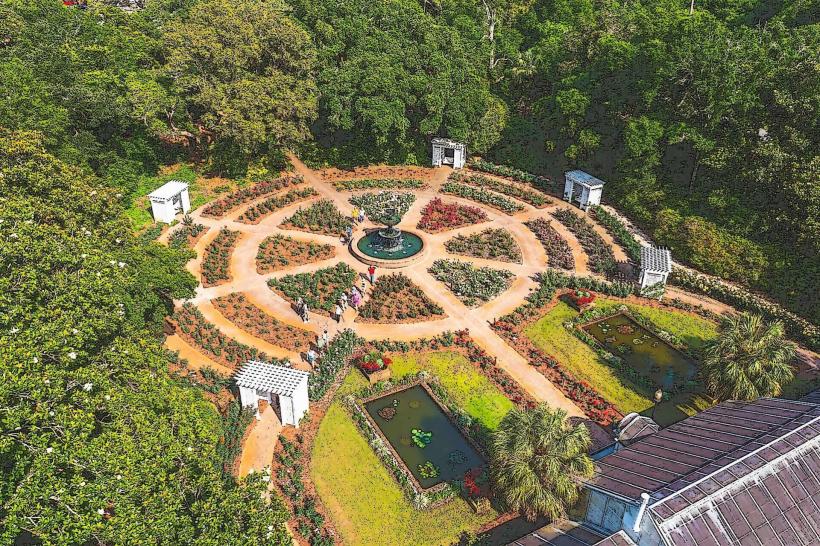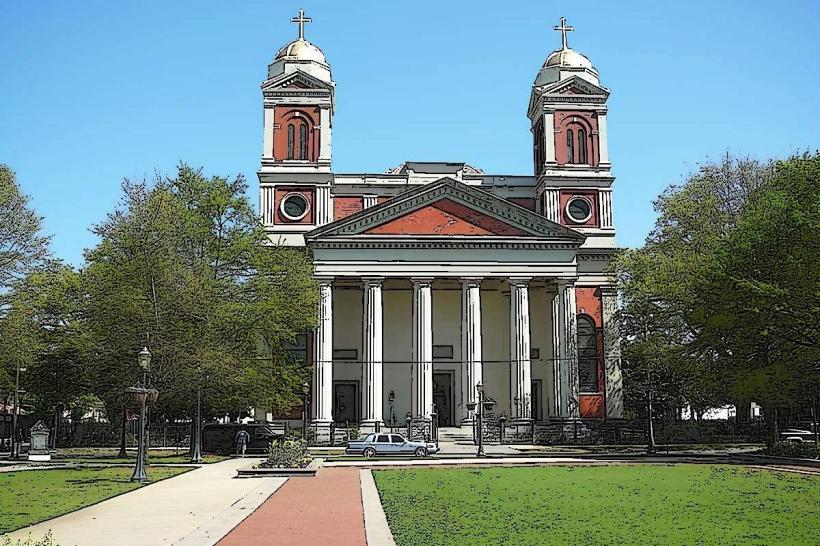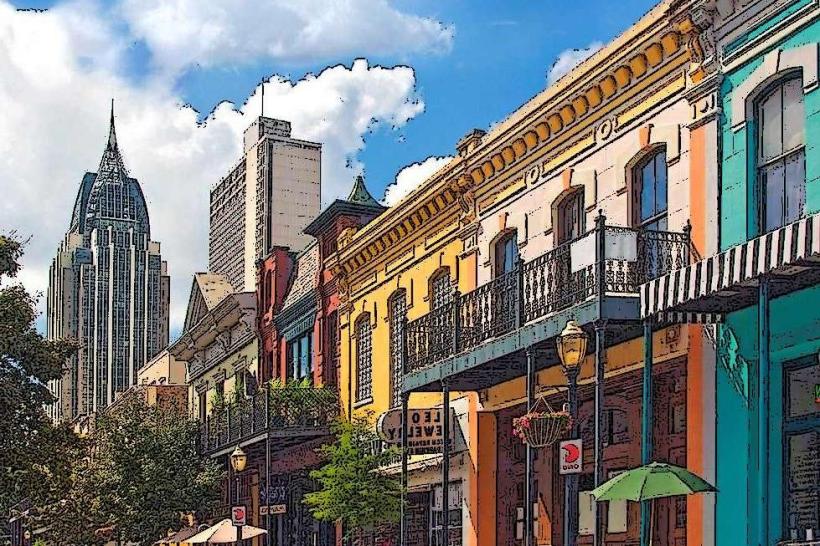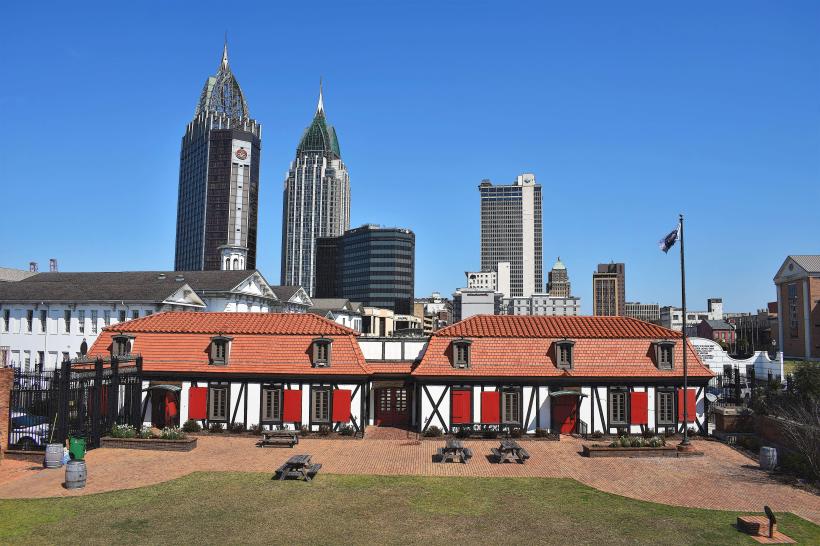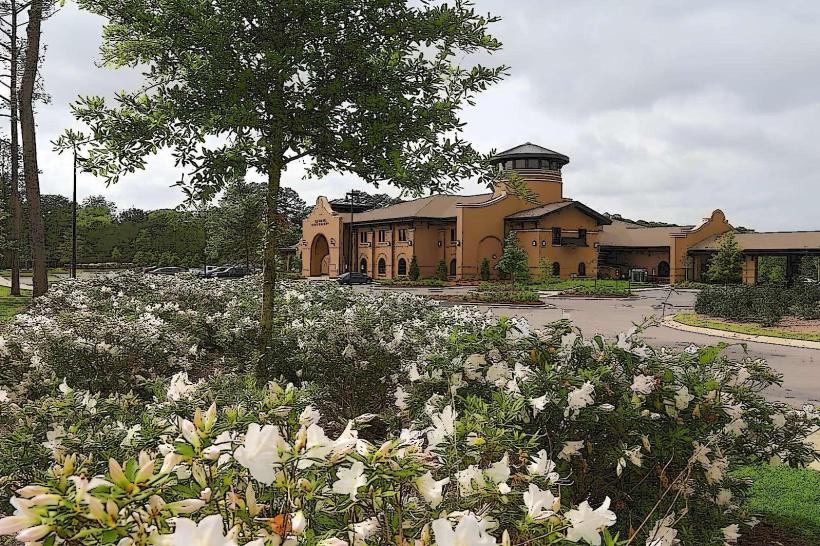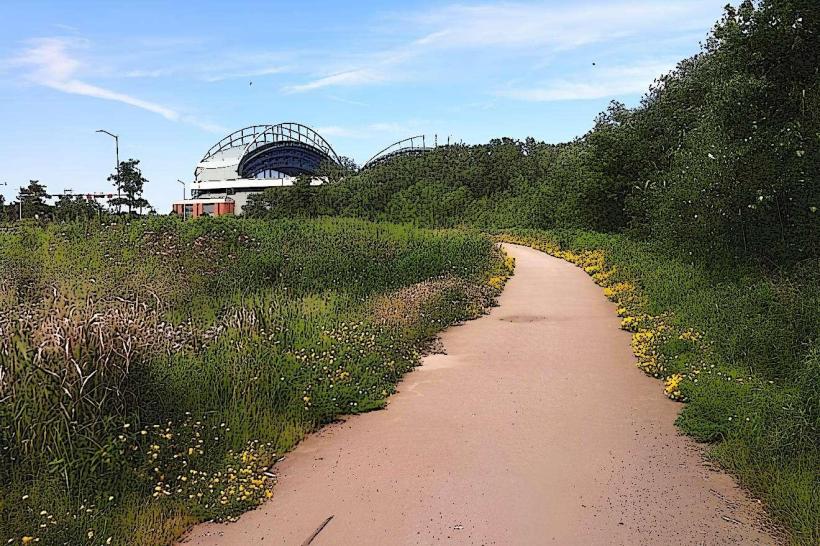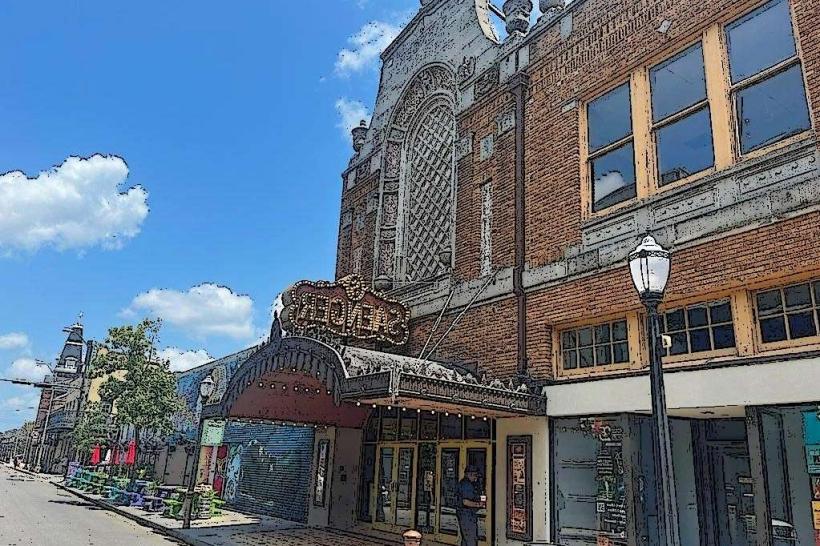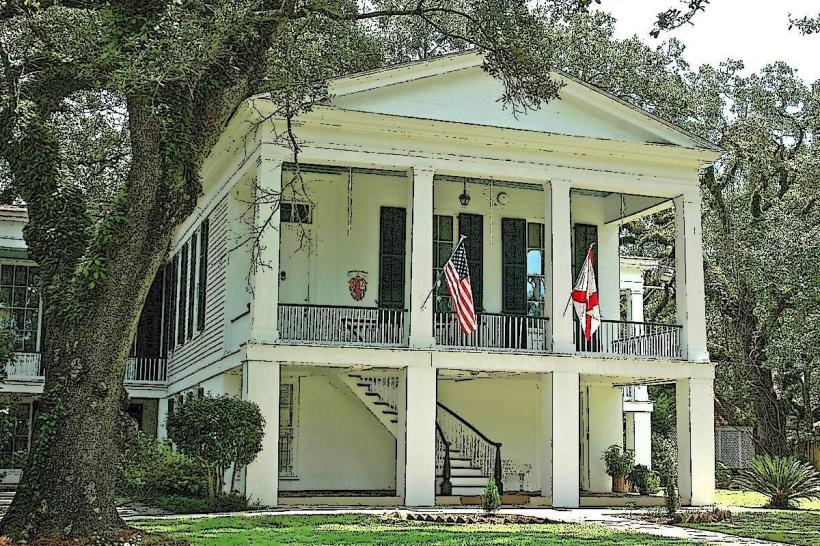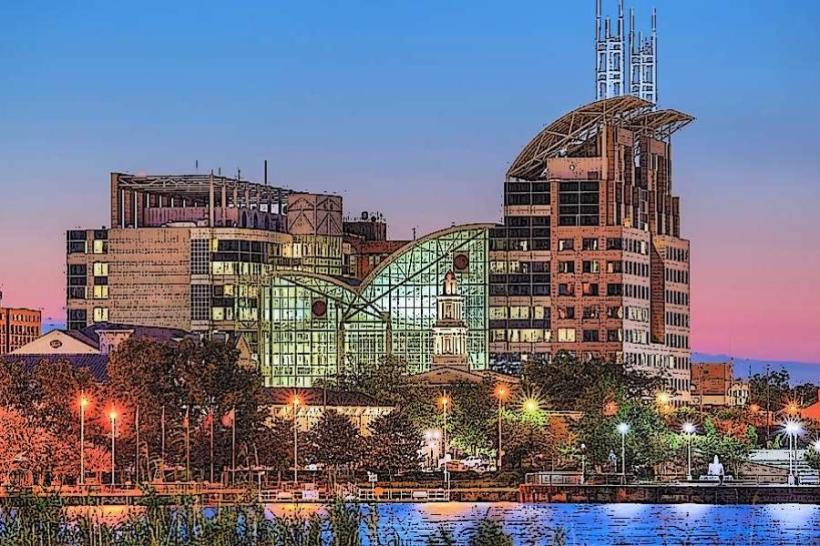Information
Landmark: Bienville SquareCity: Mobile
Country: USA Alabama
Continent: North America
Bienville Square, Mobile, USA Alabama, North America
Bienville Square is one of Mobile, Alabama’s most beloved public parks, a historic green space that has served as the city’s communal heart since the 19th century. Nestled downtown and named after Jean-Baptiste Le Moyne de Bienville, the French colonial founder of Mobile, the square is both a civic landmark and a peaceful retreat amid the city’s bustling streets.
History and Legacy
Established in the 1820s and dedicated to Bienville in 1850, the square reflects Mobile’s long and layered history. Over the years, it has hosted political speeches, social gatherings, and public celebrations. In the mid-20th century, it became famous as a hub of African American cultural and civic life, especially during Mobile’s civil rights era. The park’s continued role as a gathering place preserves its legacy as a stage for the city’s shared history.
Layout and Features
Bienville Square follows a traditional Southern square design with tree-shaded walkways radiating around a central focal point.
Large Live Oaks – Centuries-old oaks drape the park in shade, their branches hung with Spanish moss, creating a distinctly Gulf Coast atmosphere.
Cast-Iron Fountain – The ornate fountain with figures of dolphins is the square’s iconic centerpiece and a popular photo spot.
Benches and Walkways – Paths crisscross the grounds, encouraging leisurely strolls and quiet reflection.
Open Green Spaces – Lawns provide room for casual gatherings, performances, and community events.
Cultural and Social Role
Bienville Square has been central to Mobile’s Mardi Gras traditions for generations. Its location downtown makes it a natural gathering spot during parades and festivities. Beyond Carnival, it remains a venue for concerts, festivals, markets, and family events throughout the year. For locals, it is not only a park but also a stage for civic identity and cultural continuity.
Visitor Experience
The park offers a calm, shaded oasis for workers, residents, and tourists exploring downtown Mobile.
It is within walking distance of many cultural landmarks, including the Saenger Theatre, the Mobile Carnival Museum, and Dauphin Street’s historic district.
Visitors often stop for a picnic lunch, people-watch under the oaks, or take photographs of the fountain.
Preservation and Revitalization
Efforts have been made to maintain Bienville Square as a clean and safe urban park. Tree conservation is a priority, given the age and grandeur of its live oaks. Recent revitalization projects focus on balancing preservation with modern amenities to ensure it continues serving as a vibrant downtown centerpiece.
Bienville Square endures as both a living landmark and a cultural crossroads-where Mobile’s colonial heritage, Mardi Gras spirit, and everyday community life converge in one shaded, historic green space.

